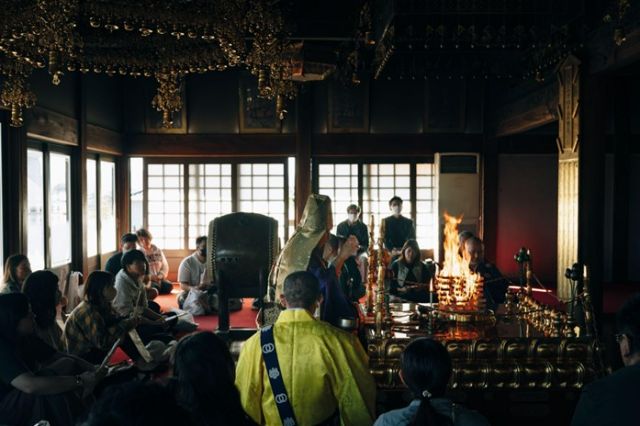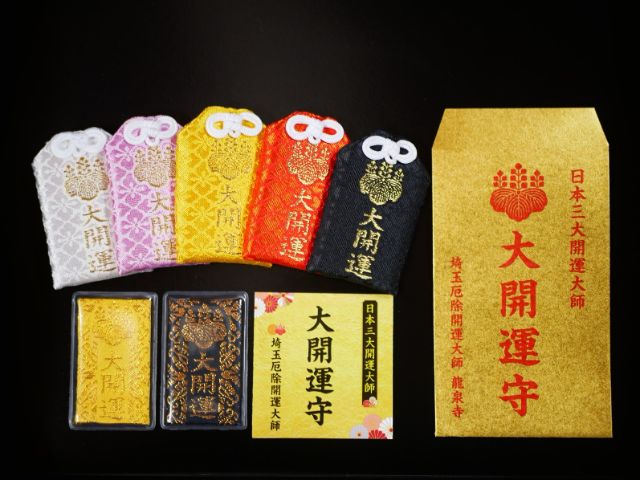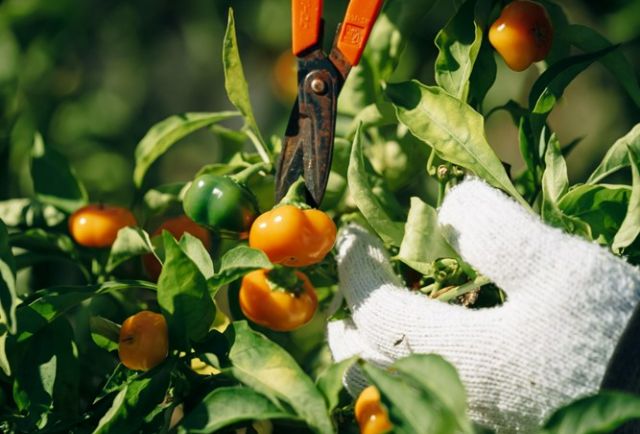
Kumagaya, the hottest city in Japan
Kumagaya is about 1 hour and 30 minutes from Tokyo by car and 40 minutes by the fastest train. The city of Kumagaya is located in the northwestern part of Saitama Prefecture, which is next to Tokyo. The city is prone to high summer temperatures due to the urban heat island effect. In the summer of 2018, the city posted the highest temperature ever recorded in Japan, 41.1°C. Every summer, people throughout Japan wonder how hot the temperature will be this year, and Kumagaya is the “hottest city in Japan.” It is also called “Rugby Town” because there are many high schools with strong rugby teams in the area and because it was one of the venues for the 2019 Rugby World Cup that was held in Japan. Kumagaya is indeed one of the hottest cities in Japan in terms of temperature, sports, and sightseeing.
Kumagaya is also an area with a rich history. Many warlords in Kumagaya, such as Naozane Jiro Kumagai in the 12th to 13th centuries, are said to have played an active role in the Genpei War (1180–1185 AD). Agriculture has flourished in Kumagaya since ancient times,and delicious grains and vegetables have been grown in its fertile soil, surrounded by two major rivers, the Tone River and the Ara River. Double crops of rice and wheat in particular and vegetables such as green onions, carrots, and Japanese yams are agricultural products typical of Saitama and not just Kumagaya.
For the purpose of this article, we took a trial tour of some of the must-see spots in Kumagaya. From mysterious temple ceremonies to harvesting vegetables and making udon noodles,take in the charms of Kumagaya, which is the place to visit if you want to take a short trip from Tokyo.
A Buddhist ritual to transmit "secret teachings" Ryusenji

There are several sects of Buddhist temples in Japan. Ryusenji Temple in Kumagaya is one of these sects, and the temple teaches esoteric Buddhism, which is also known as secret teachings." The ceremony is held in the main hall, where Buddhist statues are enshrined. As a fire burns, monks recite sutras. Visitors to Ryusenji Temple can participate in a secret Buddhist ceremony called "Goma."
In Japan, a certain unlucky age depending on the year of one's birth is traditionally known as "yakudoshi." Ryusenji Temple is believed to be a place to ward off the bad luck of "yakudoshi" and to be blessed with good fortune to improve one’s luck. This is why the temple is called the "Sacred Site in Saitama to Usher in Good Luck and Ward off Bad Luck," and it is one of the most blessed sites in Kanto. Together with Daishoin Temple in Hiroshima Prefecture and Mondoyakujin (Tokoji) Temple in Hyogo Prefecture, Ryusenji Temple is one of the three great sites in Japan to ward off bad luck and usher in good luck. The fire used in the ritual represents "burning away the evil desires of human beings," and participating in the ritual will ward off bad luck and improve one’s luck.

Visitors to a shrine or temple traditionally received a red stamp or seal to mark their visit, but Ryusenji Temple is the birthplace of a beautiful, intricately crafted "seal" cut from paper. The seal is a symbol of your visit to the temple and is said to bring back good fortune at the same time. Ryusenji Temple's seals are made by the traditional craft technique known as "papercutting."

In addition, in Japan, there is a practice of bringing back a temple's blessings in the form of talismans. In 2020, Ryusenji Temple's "Great Luck Charm" was chosen as the No. 1 talisman among the "10 Most Powerful Good Luck Charms in Japan" by "Yahoo! (Japan's largest search engine), and many visitors brought back a "Great Luck Charm" as well as Ryusenji Temple's blessings.

Ryusenji Temple's seal cut from paper and its great luck charm (for the fall of 2023)

Vegetable Friends' Farm, where you can enjoy the experience of harvesting vegetables
This is a farm operated by Kewpie, the most popular mayonnaise maker in Japan. Here, you can discover the charm of vegetables. Visitors can experience harvesting vegetables in fields on the premises. The fields are planted with many varieties of vegetables, and visitors can harvest several kinds of vegetables that are decided on a daily basis.


Small bell peppers and mini bell peppers

Deciding which type or color of vegetable to pick is a very enjoyable experience, and the vegetables can be easily picked with just a pair of scissors or simply pulled out of the soil. In addition, workshops on various topics such as mayonnaise, pickles, and pickling are held regularly. At the farm, you can enjoy soft-serve ice cream made with seasonal fruits or gourmet dishes. You can also select fresh vegetables delivered directly from farmers in the Kumagaya area and processed foods sold at the market to serve as souvenirs.
Ganso Inakappe UdonA restaurant where you can enjoy traditional "udon" noodles
The City of Kumagaya is No. 1 in wheat production in Saitama Prefecture, and noodles made from wheat have long been known as a local delicacy. The noodles are thick and called "udon." The people of Kumagaya love "udon" so much that most elementary schools in the area offer classes on making udon noodles.
There are many famous udon restaurants in the city of Kumagaya. One of the most popular is "Ganso Inakappe Udon" which has been in business for more than 40 years. The udon noodles served for dipping are made by hand every morning. They are very springy, and the aroma and sweetness of wheat grow as you bite into them. For this article, we were allowed to try our hand at making udon noodles at Inakappe Udon.


Using a rolling pin, roll out the dough to an even thickness.

Once the dough is spread out so that it is somewhat thin, fold it and cut it with an udon knife.




The noodles are dipped in the soup and then eaten.
Fukaya-Hanazono Premium Outlets, the newest outlet mall outside of Tokyo

Crowded with locals
Fukaya-Hanazono Premium Outlets is one of the newest outlet malls in the suburbs of Tokyo. The mall,which opened at the end of 2022, features more than 130 stores, including luxury international brands such as Boss and Armani as well as popular Japanese stores such as United Arrows and Beams.
In addition to shopping,there are a wide variety of restaurants. The mall has a food court where you can enjoy dishes such as sushi, udon, steak, and tacos in a casual setting, and you can also buy local delicacies from Nagatoro et Galet (a café specializing in finger food) and Moi Saitama Maruhiro (a store with multiple brands of food made in Saitama Prefecture) to serve as souvenirs.

The mall is also pet-friendly, with a common area that includes a rest spot with a permanent foot-washing area and leash hooks. Bring your furry friend and enjoy shopping, dining, and strolling at the same time.









![Azabudai Hills [SUMI] (Janu Tokyo) ~ Editor's Afterword by the Editor-in-Chief of Japan's Gourmet Site](/gg/content_image//image/discover_oishii_japan/6536/article_head_150x105z.jpg)









